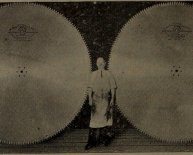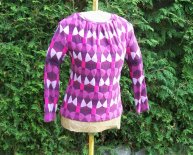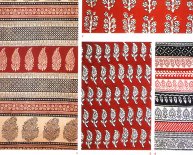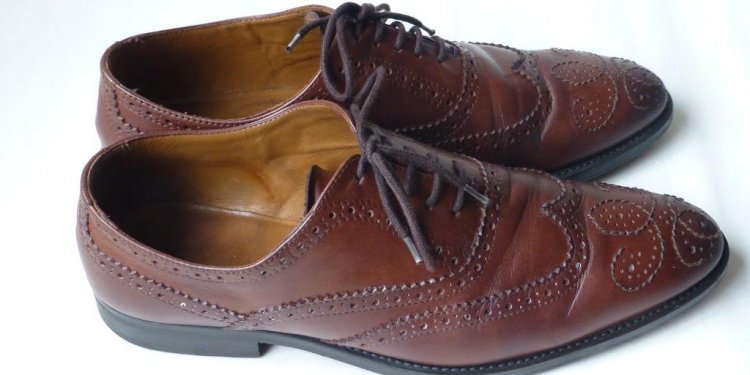
Does viscose crease
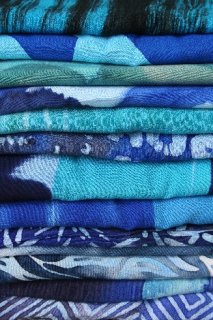
Fabrics
Almost all the fabrics we use are what we call natural fabrics that feel good on the body and enables a high degree of breathability. This is important as many of our customers have a natural warm disposition. The downside of using natural fabrics is their ability to crease, and the need for ironing. Creasing is a characteristic of natural fabrics and we have evaluated that this is something we can live with as the positive characteristics in our mind overshadow the negative.
Viscose is a man-made fibre but is made of the remains from the wood and cotton industry. Indonesia has a big viscose production industry. The cellulose fibres are regenerated using chemicals to make a fabric that has a silky feel and beautiful fall. Viscose has perfect characteristics for dispelling heat from the body and has a good ability to absorb moisture. It is a less strong fabric than cotton or linen, especially when wet. It takes dyestuffs extremely well which is paramount to creating beautiful batik fabrics. There are many different weights and textures of viscose fabrics. We use many of them from the thinnest chiffon, flats, crincles, georgettes, and jersey to the thicker sousdis, chenilles, bouclés and heavy jacquards.
Linen fabric is made from the linseed plant and is one of the oldest textiles in the world dating back to 5000 B.C. in Egypt. Linen garment will become softer, less wrinkly and more beautiful with each wash. Our linen garments have been shrunk during dyeing. The best way to iron linen is with a steam iron from the inside. Linen is much stronger and more glossy than cotton. It has antiallergenic properties and is resistant to electrical static. Linen makes the best microclimate for your skin as it is permeable to air and absorbs dampness and sweat very quickly and much more effectively than cotton.
Cotton is made from the fruits of the cottonplant and is grown mostly in Egypt, America and Asia. Cottons important characteristics are that it is very strong when wet (compared to viscose which is quite weak when wet), it absorbs moisture well, can endure strong mechanical wear, is easy to dye and can be washed at high temperatures. The negative characteristics are that it is very creasy, easily soils because of its rough surface (and is difficult to clean for the same reason), feels cold when it is wet and has a long drying time. We do not use very much cotton because it does not fall well. We prefer the more silky surfaced fabrics that have a good fall.
Silk is made from the cocoon of the silkworm which is one long thread that the worm has spun around itself. It is mainly produced in China and Thailand where there is a frostfree climate and the mulberry tree grows. The silkworm feeds on the leaves of the mulberry tree. Silk has a very light weight and this makes it ideal for travel as it does not crease as much as viscose. It has an average ability to insulate and can feel cool in hot weather and warm in cold weather. Silk however is more fragile than viscose and needs special washing care and detergent (like wool). Silk either needs hand wash or can be washed on a washing program for fragile textiles with special silk washing detergent.
Nylon/acrylic knit of course is not what we call a natural product. Nylon is a synthetic fibre made from raw materials such as oil, natural gas and carbon-hydrogen compounds, its genetic name is polyamid. It is the strongest of the man-made fibres, does not crease nor shrink but is difficult to dye and reacts with static electricity. Acrylic is the result of trying to copy the characteristics of wool, again it is man-made and has similar charactristics to nylon. We use these 2 fibres in our line of thin knit, which is very elastic and comfortable to wear.

